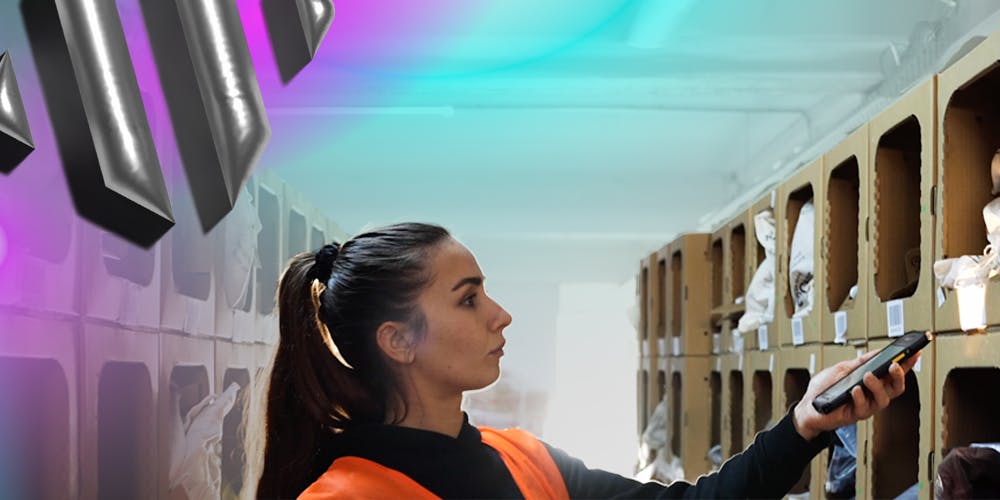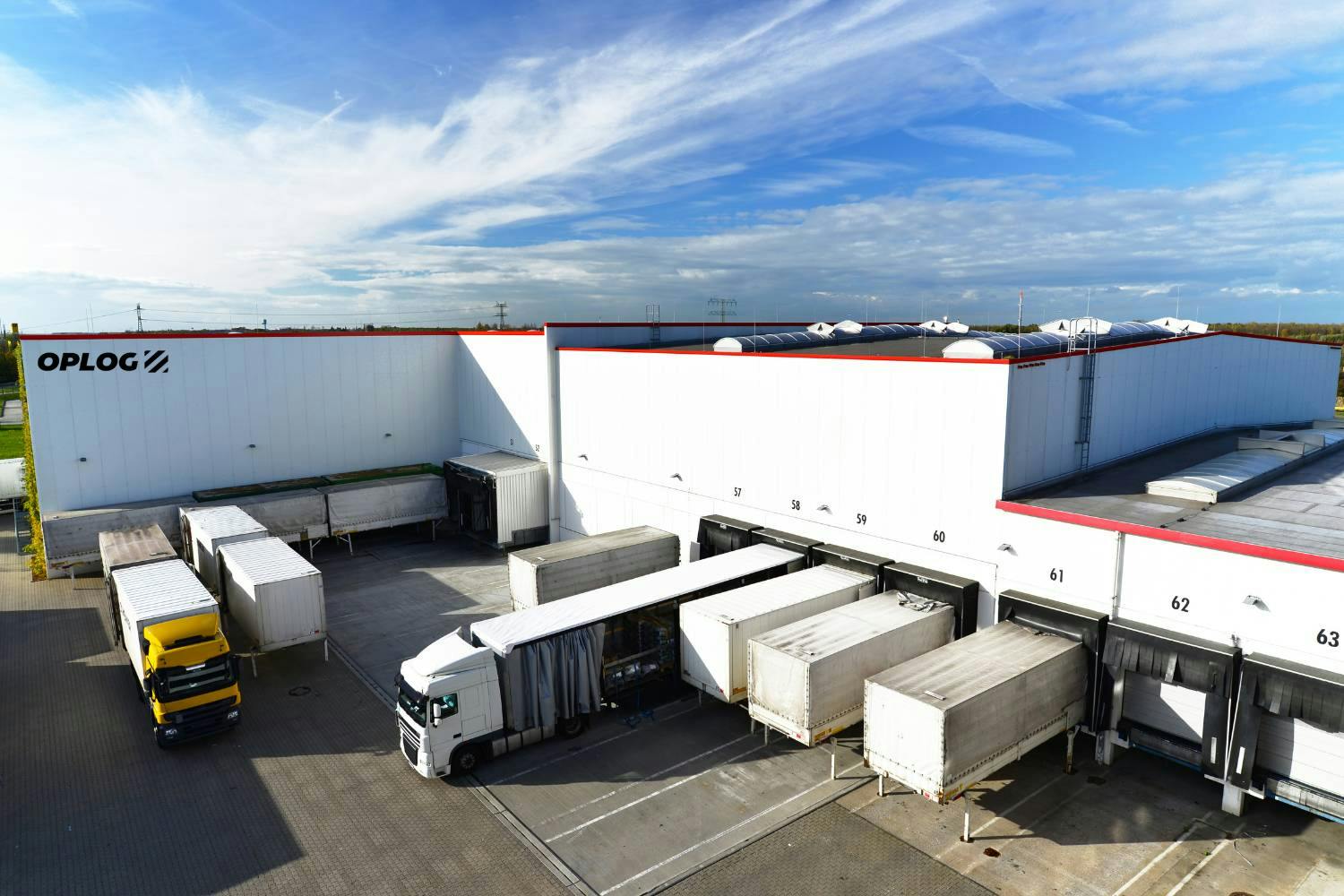The holidays will be over, but your eCommerce business doesn’t have to be. Don’t lose sleep over the post-holiday season. Here’s a guide!
The holiday season has so much promise, with customers in a frenzy to smash and grab the best available deals.
Afterward comes the post-holiday season with a swing in revenue charts. Sales could go from the heights of Mount Everest to the lows of the Rhine–Meuse–Scheldt delta in Belgium, the Netherlands, and Luxembourg.
Without a shock-proof plan, your business can feel the ripple effects well into the New Year.
So, how do you keep your brand sailing in the post-holiday deep in sales? Consider this blog post as your survival guide in the turbulent sea.
We’ll explore the twists and turns of returns, inventory management, and optimizing your marketing processes and data for the coming year.
Let’s start with the most obvious elephant in the room.
Returns and Exchanges Management
Like Thanos, returns are inevitable and more so during post-festive seasons. eCommerce brands average an 18.1% return rate, while for brick-and-mortar stores, it’s between 8-10% (Soocial).
And while you do your absolute best to present returns, customers often return items for various reasons. It could be unwanted, wrong-sized, damaged, or perhaps the “why did I buy this” blues.
There are effective ways to manage returns and limit incurring revenue loss.
Encourage product exchanges over product returns
Consider offering incentives such as discounts, free shipping, or loyalty points to encourage customers to exchange items rather than return them.
Work on simplifying the exchange process by providing prepaid labels, online forms, or chat support to make it more convenient for your customers.
Providing in-depth and accurate product descriptions
Providing detailed and accurate product descriptions and images is crucial to minimizing the disparity between customer expectations and the actual product. This is one of the main reasons for the social media trend “What I Order vs What I Got.”
You should provide comprehensive information such as product dimensions, materials, features, benefits, and other instructions as it applies to your brand.
Additionally, it is helpful to include multiple high-quality product photos that offer a clear context, such as displaying the product from various angles, on a model, or in a real-life setting.
Check out: Using Technology to Simplify Reverse Logistics for Enhanced Customer Satisfaction
Leveraging Augmented Reality (AR)
You can use AR to create a virtual fitting room or give customers an in-use experience. For example, IKEA’s Place app uses augmented reality (AR) technology to help customers visualize how IKEA furniture would look and fit in their homes.
A Deloitte study from 2020 found that implementing AR technology in home goods companies reduced returns by up to 30%, resulting in savings of both time and money in reverse logistics.
Learn about OPLOG’s Furniture & Home Decor Fulfillment Services
AR isn't only effective in the home goods industry; brands like Warby Parker, Sephora, and L'Oréal use AR to reduce returns.
Clear and Customer-Friendly Return Policy
It's crucial to have a transparent and customer-friendly return policy that is easy to understand and locate. Cumbersome return policies can leave customers feeling rickrolled and cheated.
Have a good return policy that clearly states the time frame for returning or exchanging items (e.g., 30 days, 60 days, or 90 days) and the condition of the items that are eligible for return or exchange (e.g., unworn, unused, unopened, or with original tags and packaging).
You should also mention the method of return or exchange and the cost where applied.
Inventory Management
Post-holiday often means adjusting your inventory to match the changing customer demand and preferences. Conduct a thorough inventory analysis, categorizing products into those that require clearance, those that need restocking, and those suitable for promotion.
This categorization lays the groundwork for informed decision-making.
Real-time Inventory Management
A proven way to analyze accurately is by tracking your stock levels with real-time inventory management systems.
Having real-time tracking in place enables you to receive immediate updates regarding the status of your inventory and the movement of your items. These updates are seamlessly integrated with your preferred software or platform, such as OPLOG One, to ensure that you remain informed about items that are selling fast and may require clear-out sales.
This level of visibility helps you avoid overstock or stockouts and ensures that your inventory is well-balanced for the upcoming year.
Special Promotions or Bundle Deals
Suppose your warehouse has excess inventory because of an inaccurate sales forecast for some products. Now, you must determine the best way to proceed. Offering special promotions or bundle deals to manage excess inventory is a smart and effective strategy.
You could offer discounts or incentives encouraging customers to buy more or sooner, such as free shipping, percentage-based sales, rewards points, contests, or flash sales.
Another effective strategy is by offering bundle deals or cross-selling. You can group complementary products or services and offer them at a discounted price compared to purchasing them separately.
While implementing this tactic, be careful not to overuse or misuse special promotions or bundle deals, as they can have some drawbacks, such as eroding profit margins and brand value by lowering the perceived quality or worth of the products or services.
Supply Chain Disruptions
Amid economic challenges and war outbreaks disrupting the supply chain, customers increasingly demand prompt and reliable delivery of their orders.
The pressure on logistics gets even higher post-holiday season.
To deal with these challenges, it’s best to diversify your supply chain, maintain close relationships with suppliers, and invest in inventory management technologies that help you keep track of items on the move.
Here are proven solutions.
Communication with Customers
Experiencing shipping delays after the holiday season is typical, and customers appreciate receiving clear communication about it. To avoid confusion or frustration, it is essential to proactively inform customers about possible delays and set realistic delivery time expectations.
Transparent communication is significant in building trust and addressing potential dissatisfaction from shipping delays. Updating customers on the status of their orders creates transparency and demonstrates a commitment to their satisfaction.
Using AI-enabled chatbots for automated communication can provide quick and precise responses to customer inquiries, ensuring a smooth and efficient flow of information such as status updates and order tracking.
This level of transparency enhances the overall customer experience and builds loyalty.
Pick A Reliable 3PL Partner
Handling logistics in-house during and post-peak sales periods can be challenging for your team.
This is where you need a 3PL logistics partner that gives you access to the expertise, resources, and infrastructure required to manage the surge in orders, returns, and inventory that typically occurs after the holiday rush.
3PLs offer a range of benefits, including scalability, expertise, technology, cost-effectiveness, and risk mitigation.
So, when it comes to managing the ability to swiftly expand your operations to meet demand, enhancing fulfillment processes, or leveraging advanced technology for monitoring and tracking orders, you have no concerns regarding these.
Optimize New Data
The post-holiday season is characterized by a significant influx of data that can provide valuable insights for the growth and development of your business in the upcoming year.
Whether it's sales figures, customer feedback, or market trends, this abundance of information can help you make informed decisions and optimize your strategies for tremendous success.
By effectively analyzing and leveraging this data, you can gain a competitive edge and position your business for long-term growth.
Let’s look at some ways to take advantage of data.
Marketing Campaigns
During the holiday season, running promotions through various channels such as Ad display, email, and social media can substantially increase consumer engagement.
This heightened level of interaction can manifest in various forms, such as increased website traffic, a surge in sales, a spike in social media interactions, or a higher level of engagement through email.
While most of these consumers won’t take any action, you can always legally retarget them using various Ad marketing platforms.
Retargeted ads will promote products or services to consumers based on their interests. It keeps popping up, reminding them of a product they interacted with but didn’t purchase.
You can also send personalized emails to your customers based on their purchase history, preferences, and behavior. Several helpful tools, such as Mailchimp, Klaviyo, or ActiveCampaign, can help you segment your email list, create effective email campaigns, and automate your email marketing.
The email can be an appreciation message with an invitation for them to check out more items they might like.
Forecast Demand
Leveraging the power of analytics tools offers a clear view of customer behavior and market trends by analyzing data from past holiday seasons.
By identifying patterns, popular products, and emerging trends, these insights become essential guideposts for making informed decisions for the upcoming year.
What Next
As the festive season comes to an end, it's time to focus on the year ahead and plan to maintain stable sales.
This guide will help you navigate the ever-changing retail space, turning challenges into opportunities for growth.
Your businesses can thrive beyond the holiday rush by leveraging data-driven insights and building excellent connections with customers.
If you need help managing your post-holiday season operations, reach out to our team of experienced hands. Let’s talk.







